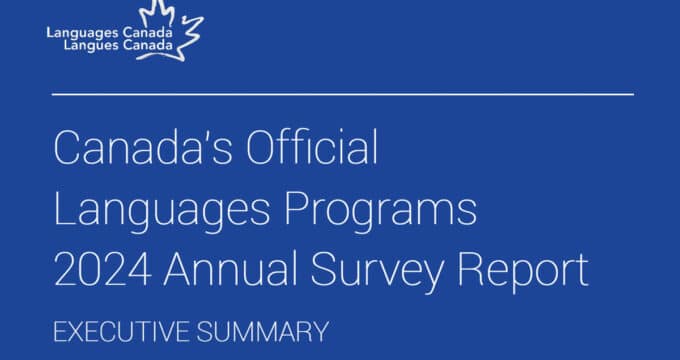Sweden introduces new work and immigration opportunities for foreign graduates
It is about to become easier for international doctoral candidates and students to stay and work in Sweden after graduation. Beginning in July 2014, doctoral candidates will be able to qualify for permanent residence in Sweden – provided they have held a study permit in Sweden for four out of the past seven years. In addition, foreign students will be allowed to stay in Sweden for an as-yet-unspecified amount of time to look for work or set up their own companies after graduating. This will replace current laws about work and immigration that foreign students in Sweden have been protesting; such laws allow doctoral students only ten days to find work in Sweden after graduating. A Statistics Sweden study estimated there were roughly 5,000 foreign PhD students in the country in 2013.
New legislation should significantly boost Sweden’s competitiveness
The new legislation should allow Sweden to regain some competitiveness it is alleged to have lost as a result of:
- “Antiquated” policies regarding international students’ ability to remain in the country post-graduation;
- The introduction, in 2011, of tuition fees for non-EU international students.
When fees were introduced, enrolment of non-EU nationals dropped by 80% from nearly 8,000 to 1,600, with the greatest fall-off among African and Asian students. An op-ed piece in Dagens Nyheter explains the need for further reforms:
“The proportion of students in Sweden from outside of Europe is less than 2%, far lower than the EU average of 5%... At the same time, the number of foreign students getting work permits in Sweden is decreasing. When asked, 85% of students said they would choose to stay in Sweden. In reality, 17% stay, and that number is dropping.”
Last year, we wrote about the effects of increasing the “stay rate” for international students, and stressed how much a destination country’s visa, work, and immigration policies impact post-graduation retention. In the article, we noted that one research report found that if The Netherlands were to “retain 20% of international students after graduation, it would imply economic benefits worth €740 million.”
Boosting the attractiveness of an already well-respected higher education system
Before 2011, Sweden was one of the few countries in the world to offer free tuition to all foreign students, including those from outside the EU. This, combined with Sweden’s well-regarded higher education institutions and overall study environment, made it a very attractive destination market. The introduction of tuition fees in 2011 had an immediate negative effect on international student enrolments, but the government quickly allocated funding to non-EU international student scholarships to help defray the new costs. In addition, several Swedish universities intensified their international recruitment efforts. The combination of scholarships and marketing showed signs of prompting an international student rebound only a year after the tuition fees were introduced. As we noted in 2012:
“Fast forward a year and the total number of master’s applicants for the 2012/13 academic session showed a substantial increase over 2011/12. For instance, Lund University saw its applications increase by 23%, the Karolinska Institutet received a 50% increase in applications, and Stockholm University was up 30%.”
Sweden’s easing of current restrictive work and immigration policies can only spur non-EU students’ enrolments further, since despite the increase of available scholarships, there is still a contingent of international students who a) don’t receive a scholarship and b) are then forced to leave the country because they can’t find work fast enough. The latest UNESCO figures estimate there are 28,629 international students (EU and non-EU) studying in Sweden.
Overall, Sweden’s reputation for quality education remains strong
In 2014, the number of students applying to Swedish universities increased for the seventh year in a row. While in the most recent Times Higher Education ranking, just one Swedish university (The Karolinska Institute) made the top 100 list, Sweden is still considered by most to have a world-class education system. The 2014 Universitas 21 ranking of national higher education systems, for example, rated Sweden second only to the United States. The full 2014 Universitas 21 top ten countries are:
- United States;
- Sweden;
- Canada;
- Denmark;
- Finland;
- Switzerland;
- The Netherlands;
- United Kingdom;
- Australia;
- Singapore.
And now, in addition to its moves to open up additional work and immigration opportunities for foreign graduates, the Swedish government is also expanding its investment in Swedish language training for foreign students. The current government intends to increase spending on language training in the Swedish school system by nearly 2 billion kronor (about US$250 million), a move that is expected to result in a large number of new teaching positions and an important boost to the country’s language training capacity. For additional background on Sweden’s market position as an international study destination, please see our detailed market snapshot.


















